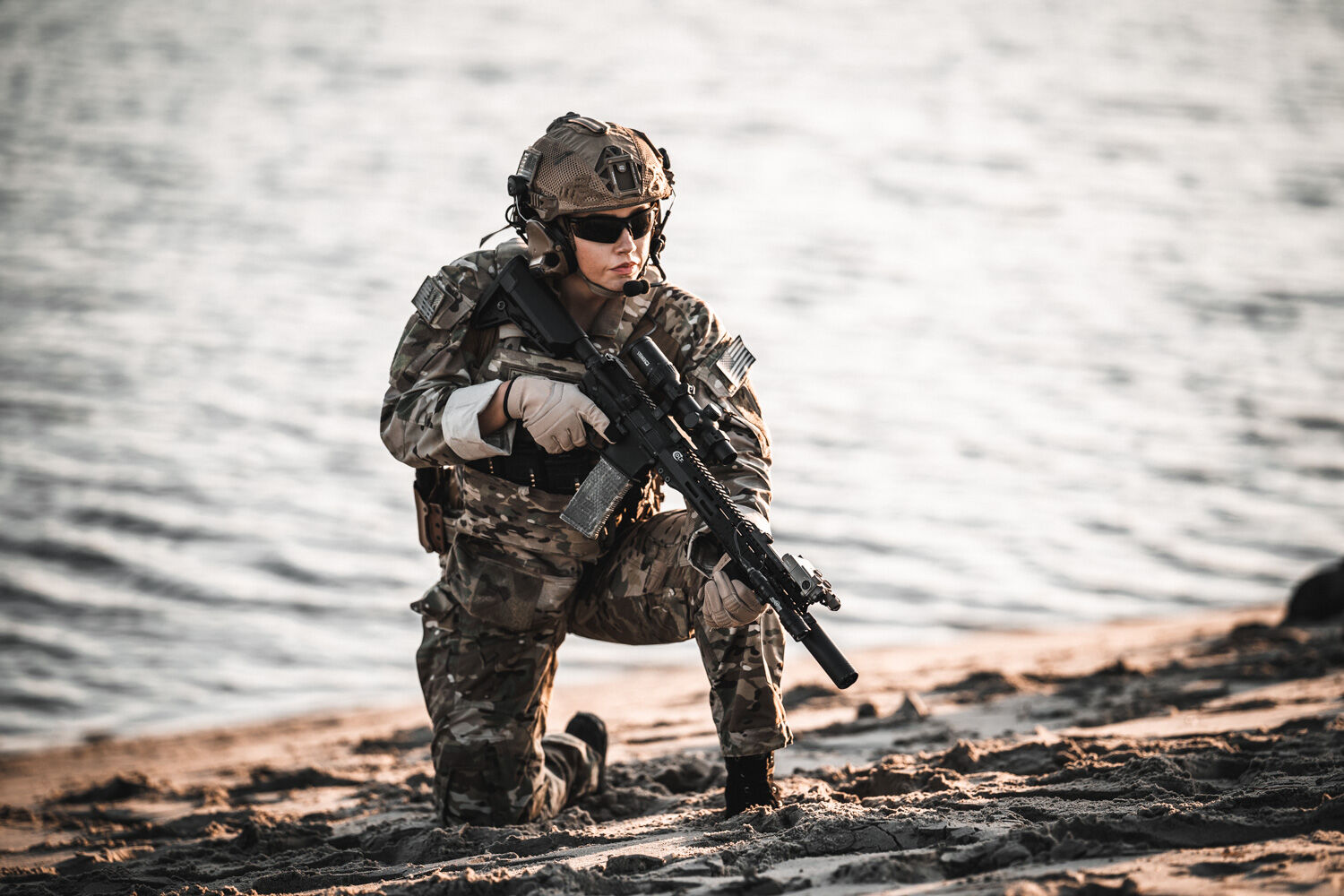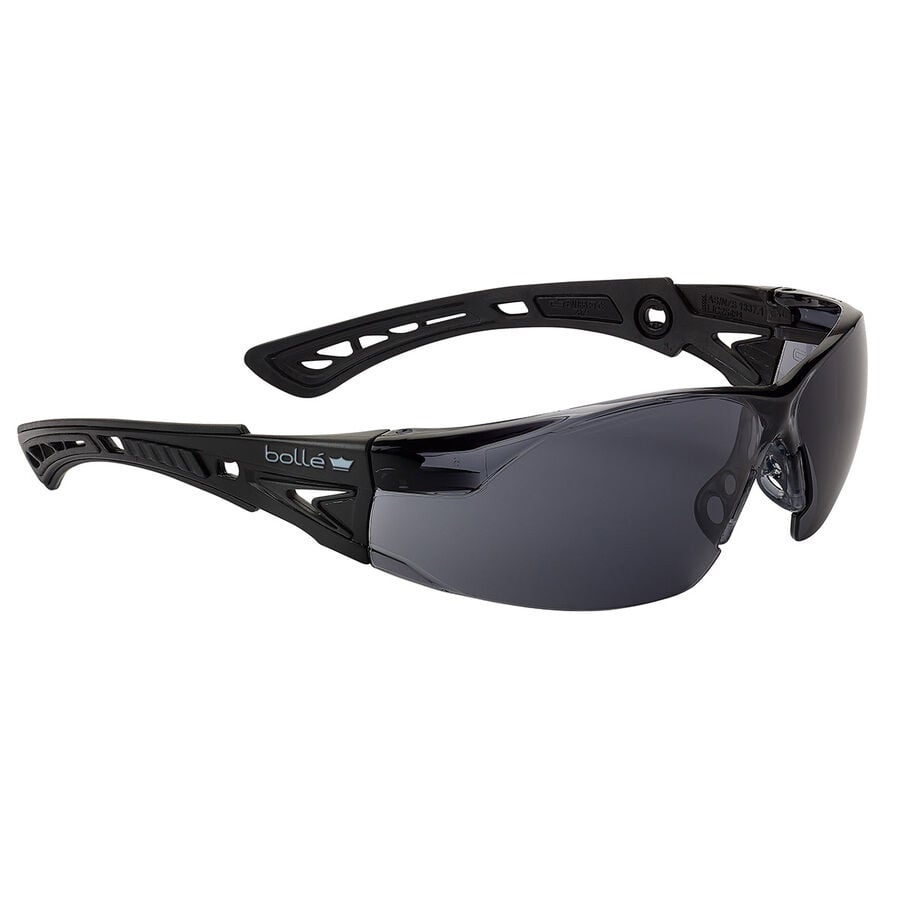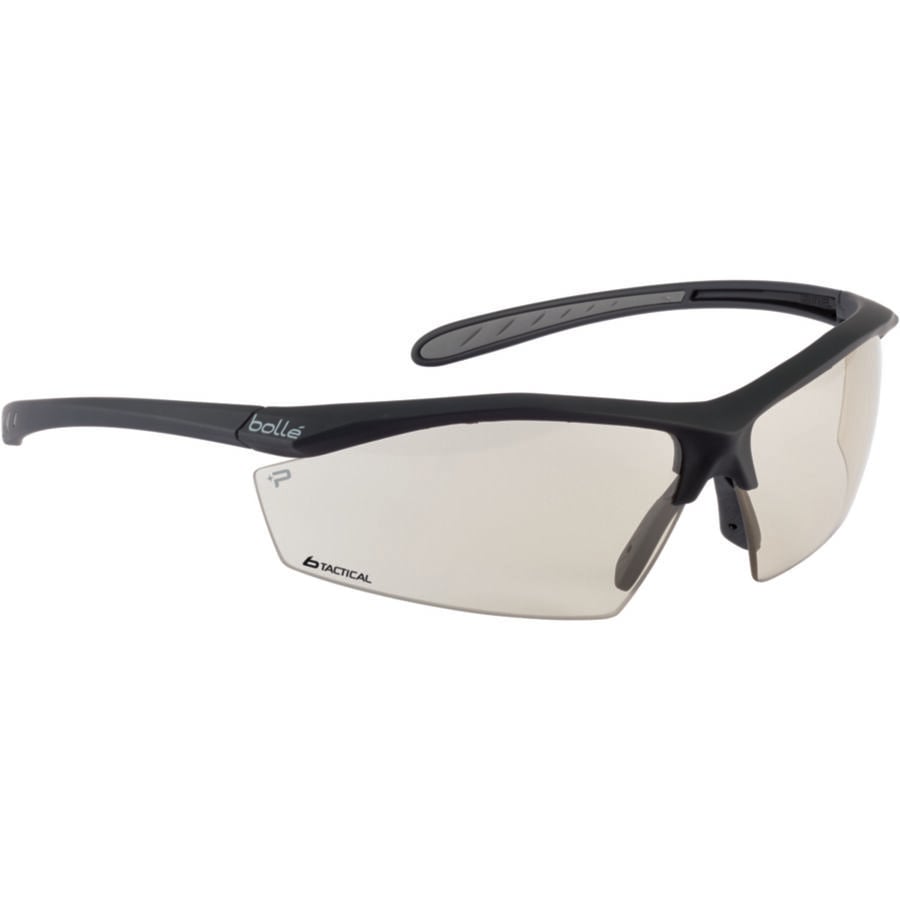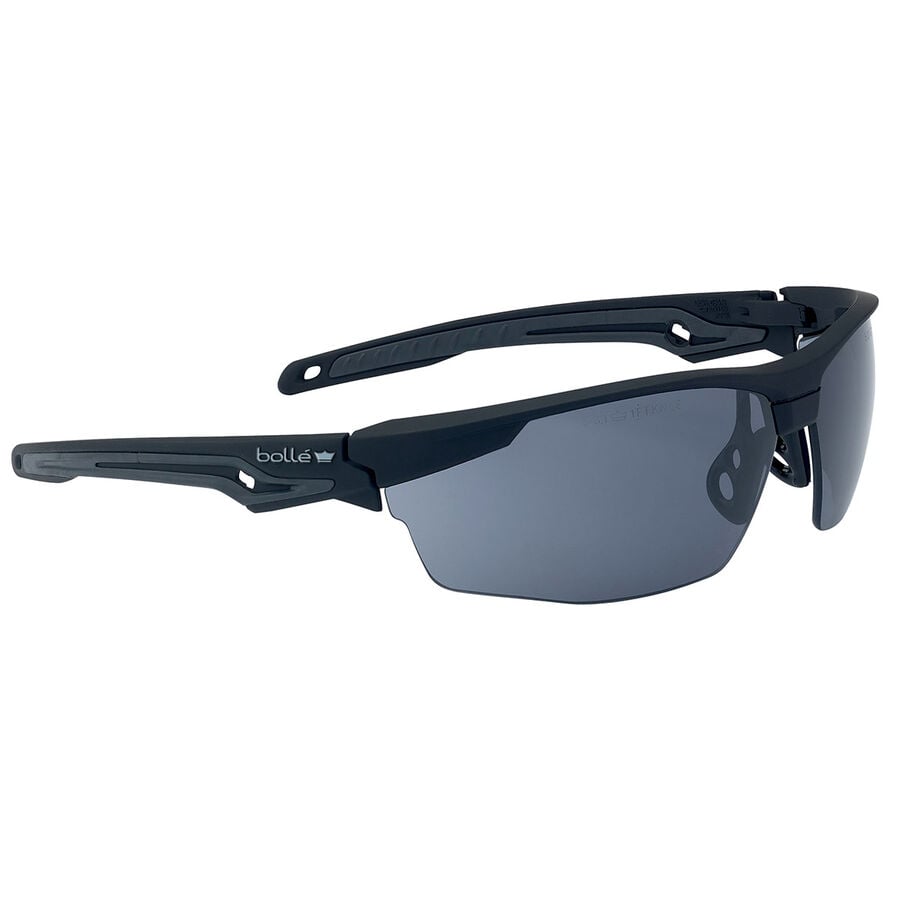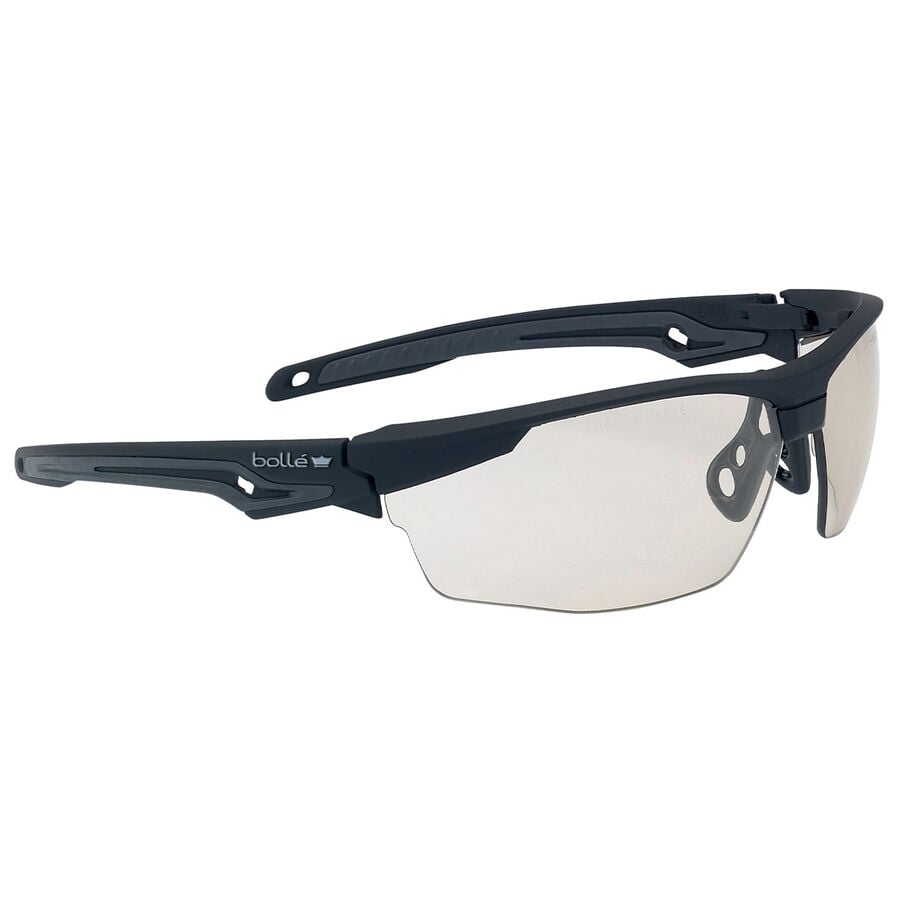Working in tactical fields, from the battlefield to rescue missions, presents myriad challenges each day. When everything can change in a moment, with little or no time to react, success in tactical fields requires precision, awareness, and protection.
The risk of severe injury is present in tactical environments and eyes can be damaged in numerous ways, including from explosives, attacks, and flying debris. Personal protective equipment (PPE) including ballistic eyewear is essential for navigating tactical situations.
Where do we encounter tactical environments?
In our cities
During riots and protests, the streets can become a tactical field. Following the death of George Floyd back in May 2020, the USA saw the most widespread street protests in decades which also spread to many international cities.
Police forces across the country used kinetic impact projectiles, like rubber bullets and bean bag rounds, to control crowds and rioting. While these are used as less-lethal defense, numerous people were injured on both sides. The American Academy of Ophthalmology reported that more than 20 people suffered serious eye injuries and seven people lost an eye. At protests in Portland, police officers sustained 113 eye injuries, mainly from laser pointers.
Every day, police officers are in dangerous situations where anything can happen, including responding to emergencies, hostage situations, and active shooters. Additionally, other first responders, like firefighters and paramedics are on the first line of defense and can suffer similar eye injuries.
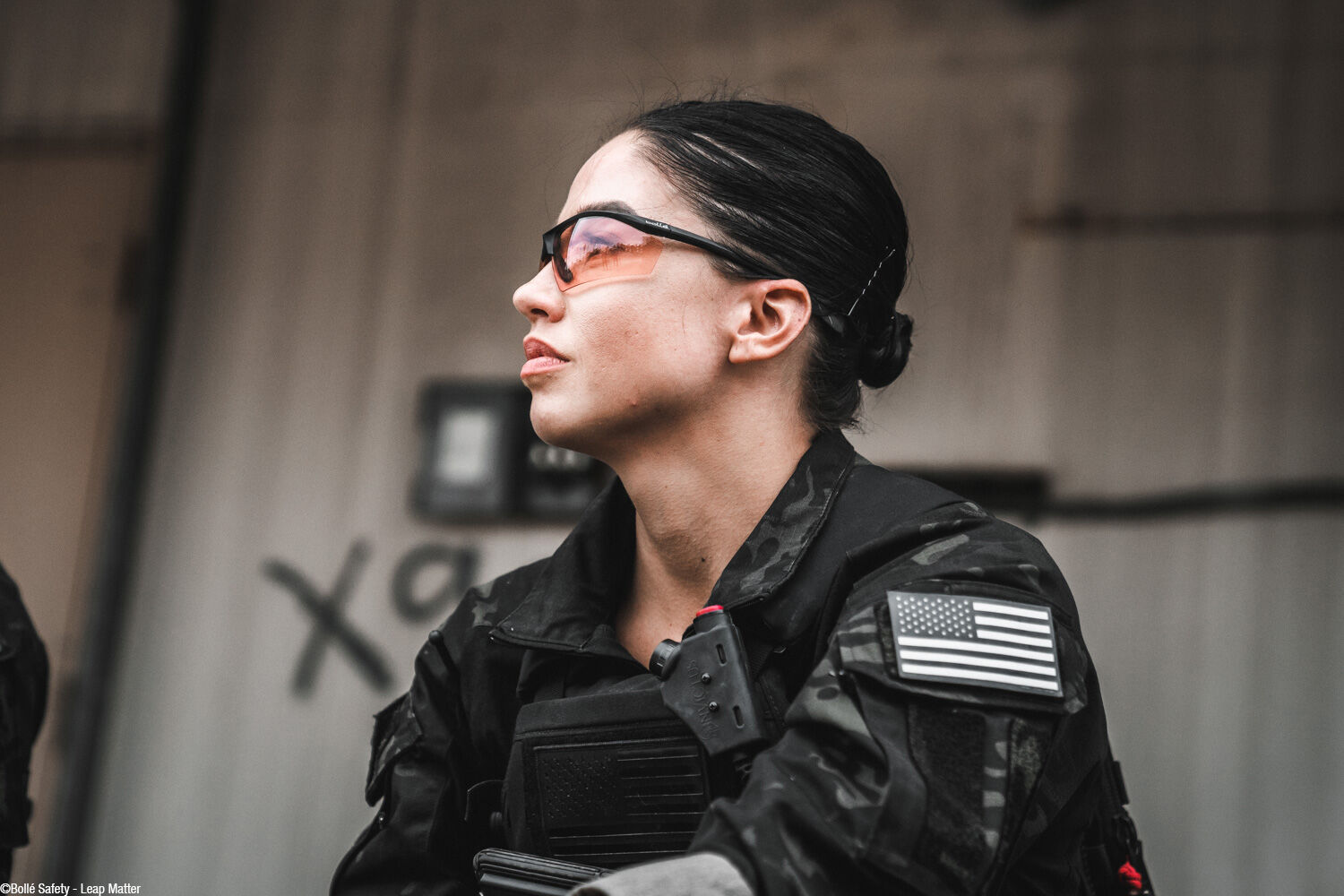
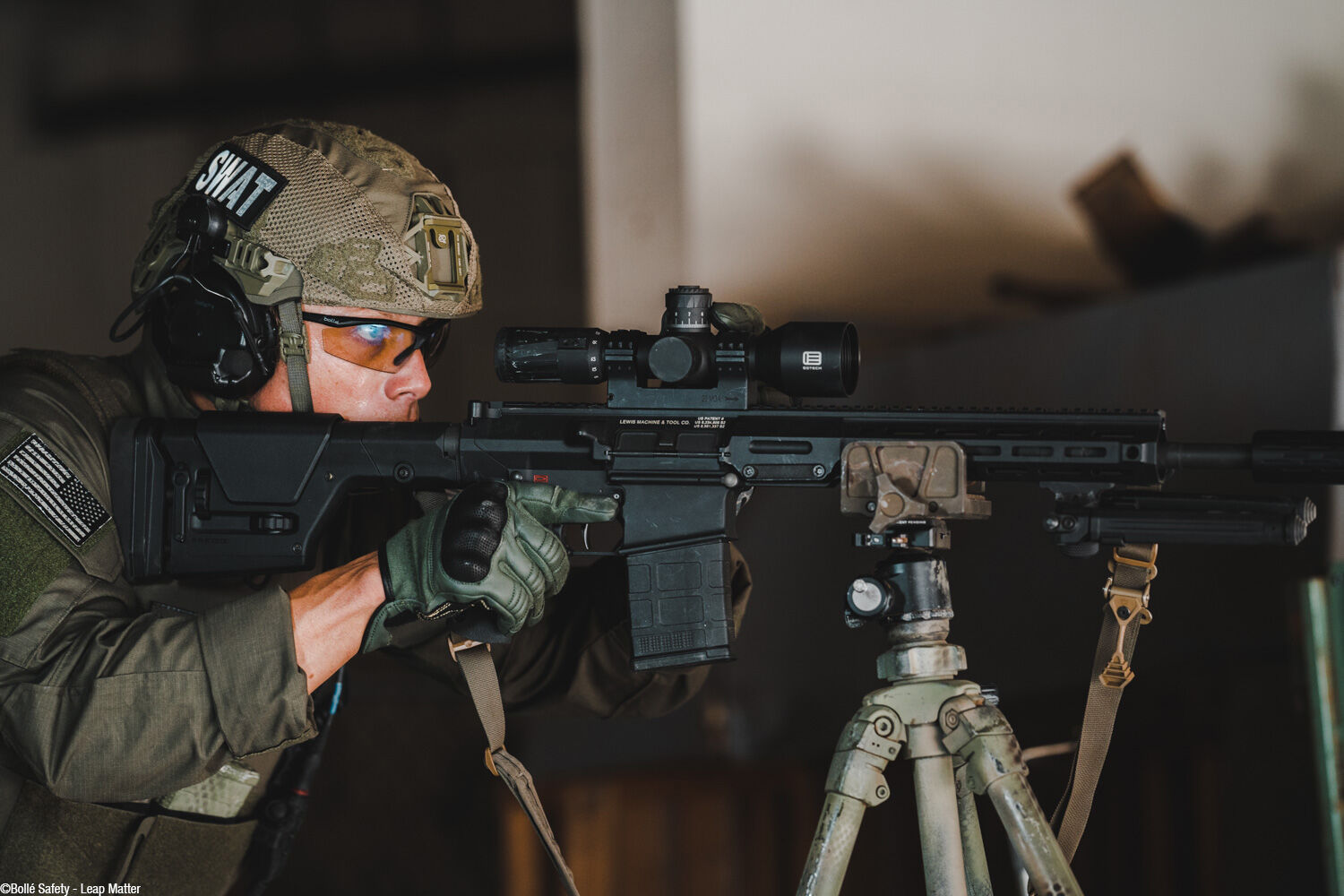
On the battlefield
We typically think of tactical environments as being on the battlefield and in this field, there is a heightened risk of injury. Battlefields are hostile environments and can harm soldiers with the oppressive sun, blowing sand, dirt, and other allergens. Elite forces can be involved in airborne operations, hostage situations, as well as mountain and ocean rescues.
Soldiers are at risk of eye injury from exploding IEDs, mortars, and rockets. Armed forces may also need to handle solvents and fuels that may lead to serious eye casualties from chemical conjunctivitis. Military combat eye protection is essential for protecting the eyes from countless threats.
For recreation
Paintball, pellet, airsoft and BB guns are used for fun and recreation and while marketed as non-lethal, they can still cause damaging injuries. Eye injuries from these nonpowder firearms have increased by 50 percent since 1990. Airsoft gun injuries can cause bleeding inside the eye, corneal scapes, detached retinas, and rupture of the eyeball.
Shooting sports and hunting in brush and forests can cause injuries if branches hit the eye, especially when following closely behind someone. Tree bark, dirt, leaves, and bugs -- all types of organic materials -- can get in the eyes. There is also the ever present danger of being shot by another hunter. When shooting practice targets and clay pigeons, fragments of the target can spray back into the eye.
Fishing is a relaxing sport, but not one without traumatic eye injuries. Fish hooks can scratch or become embedded in the eyeball or eyelid. People also sustain injuries from fishing lures and weights, even fishing lines, flying at high speeds and hitting the eye. Heavy rods and reels can also cause injuries, especially when ripped from the hands by a strong fish.
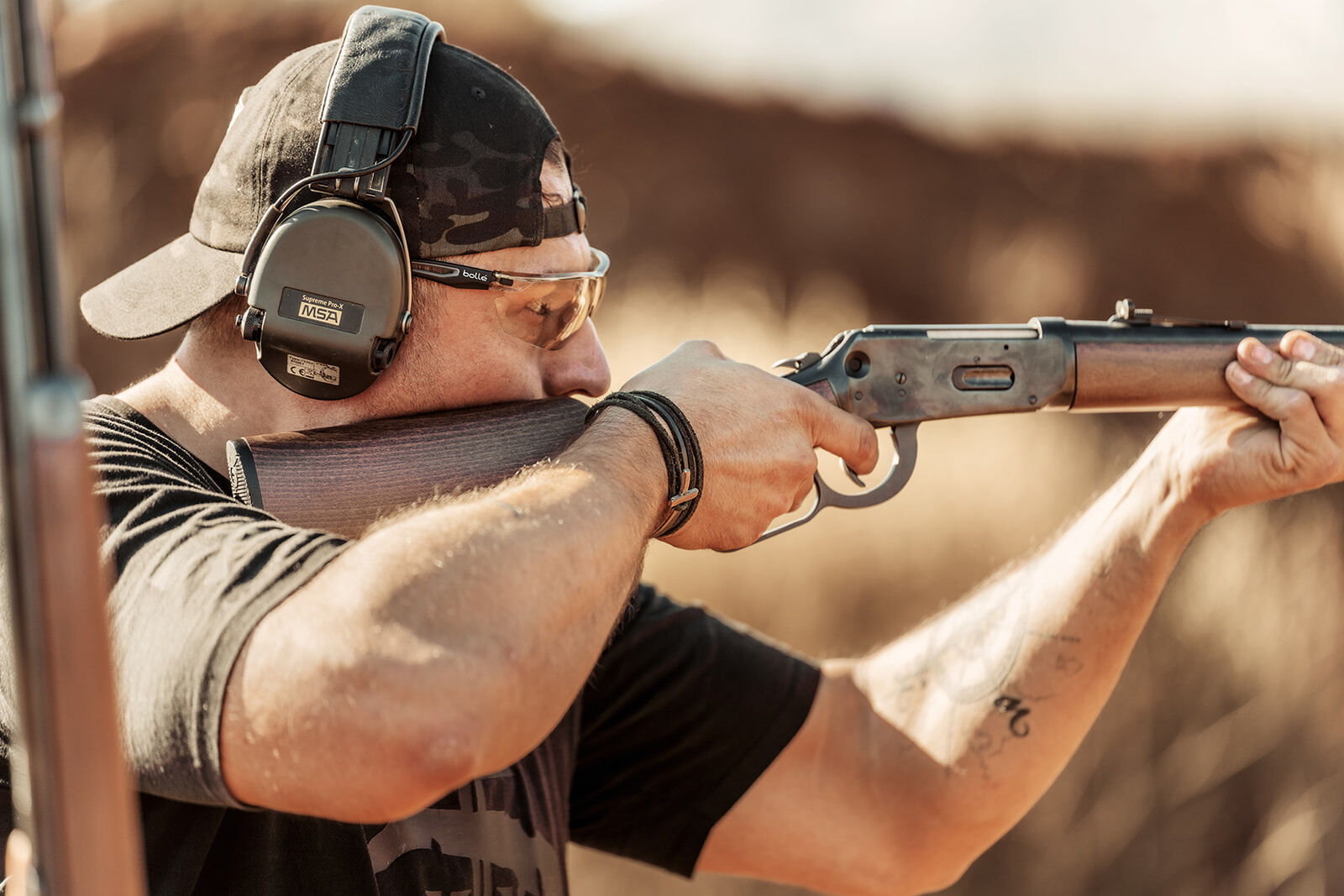
The most common tactical casualties
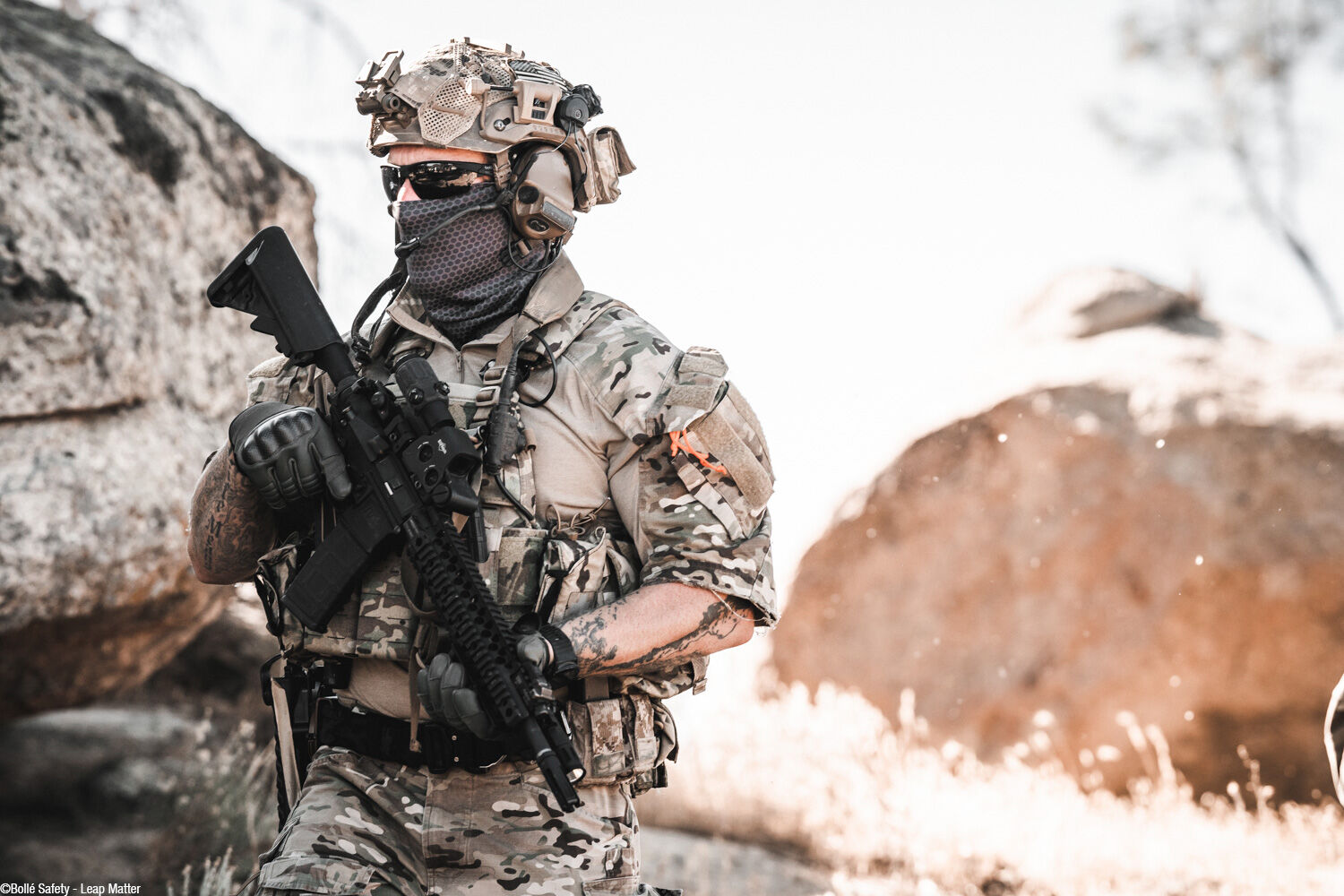
Chemical weapons
Modern chemical weapons used in tactical environments include nerve gas, tear gas and pepper spray. Pepper spray causes immediate closing of the eyes which is not generally harmful but can cause serious irritation when sprayed at close range. Rubbing the eyes repeatedly after being pepper-sprayed may lead to cornea damage.
Tear gas can scar the cornea which can lead to a permanent loss of visual acuity. In riots, tear gas canisters can be thrown back at officers -- being hit by one in the face can lead to eye damage and blindness.
Explosions
When explosive materials are detonated, blast waves can cause damage to people and their eyes. The initial explosion causes a shock wave that can damage body tissues, including those in the eyes, and rupture organs. The secondary blast injuries are those from flying debris, glass, dirt and other dangerous materials that can be embedded in the eye. Tertiary blast injuries happen when a person is physically thrown back while quaternary blast injuries result from chemical exposure, burns, and toxic gases.
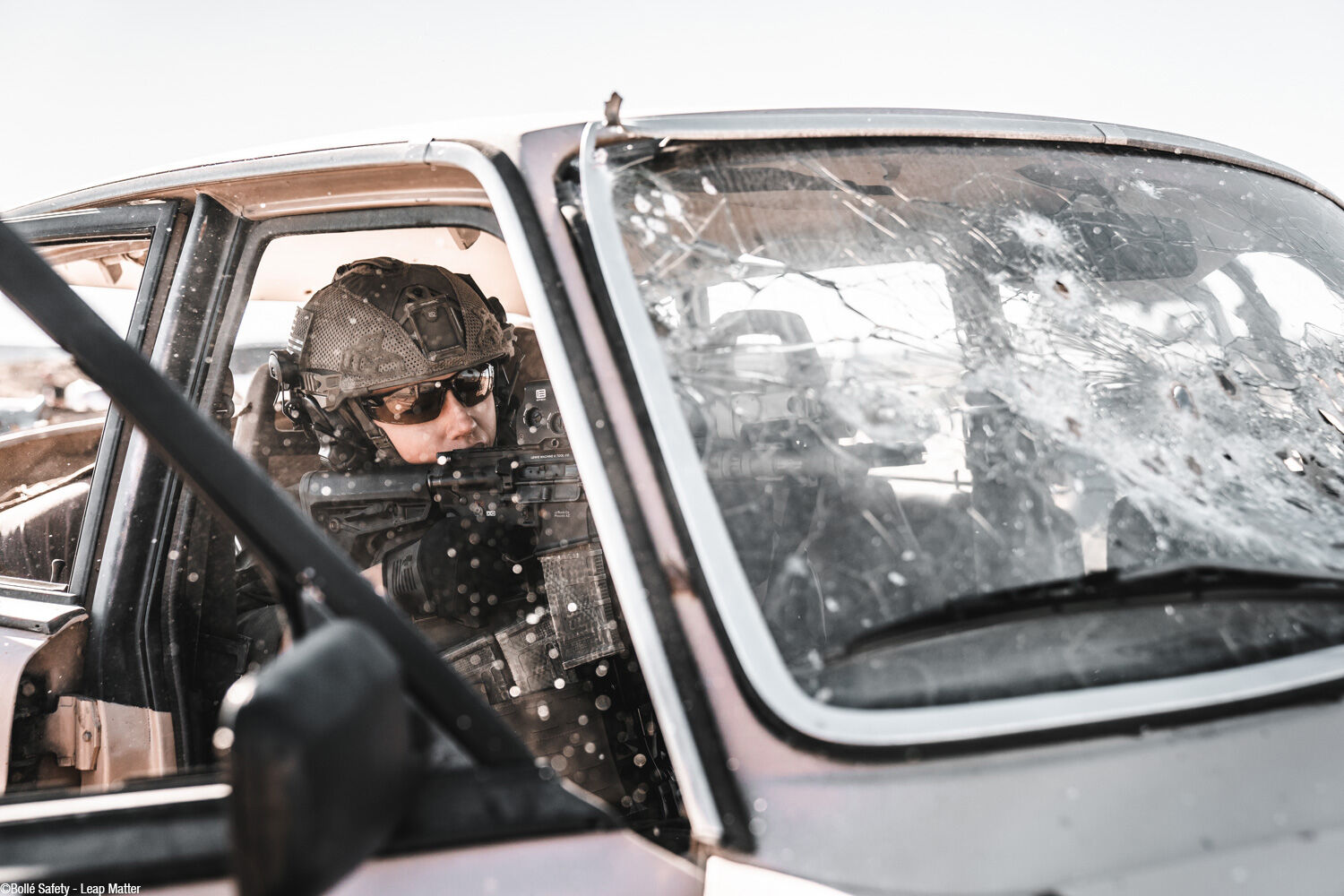
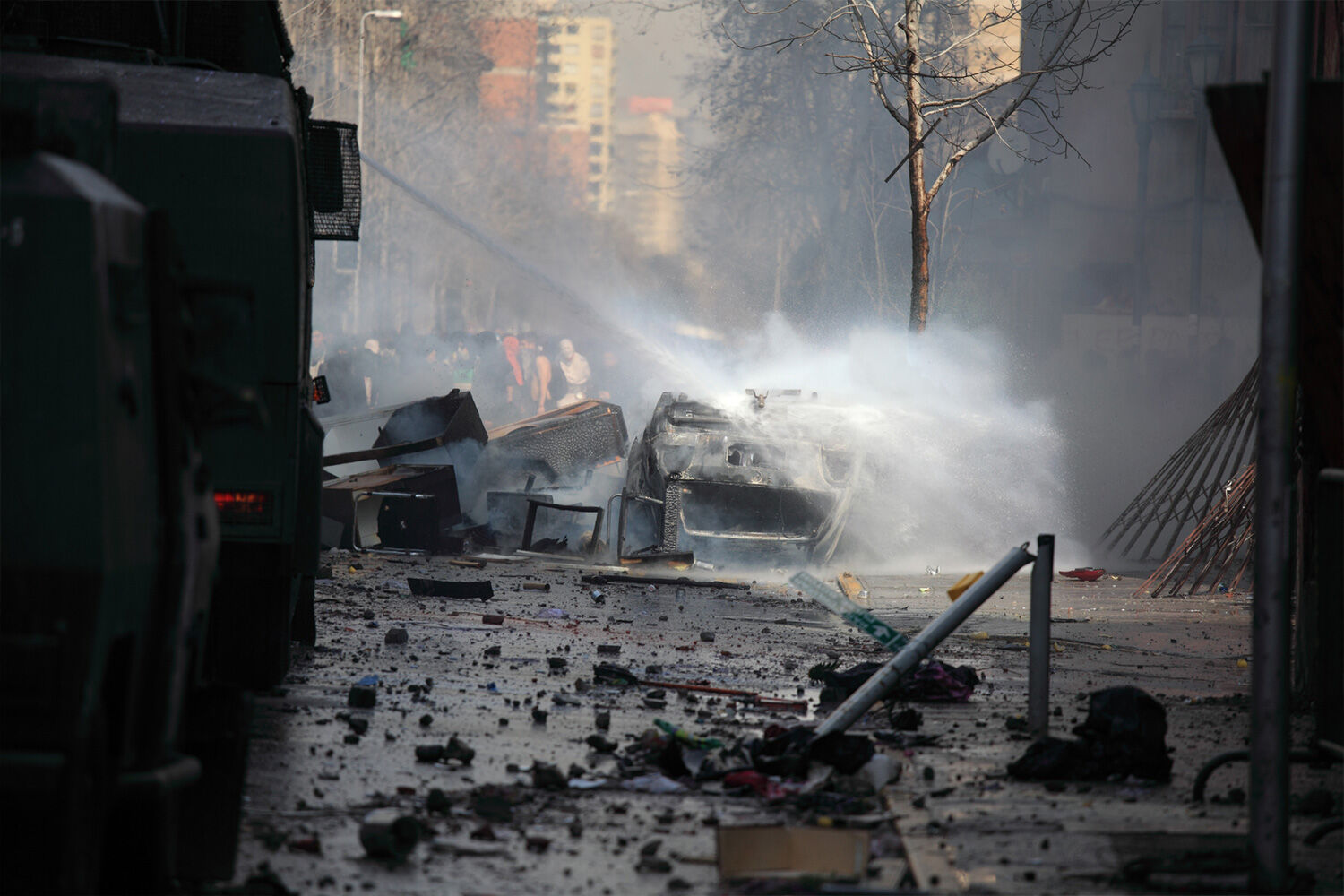
Light weapons
Rubber bullets, bean bag rounds, and tasers are types of less-lethal weapons used in policing and combat situations that can have damaging impacts on the eyes. Rubber bullets can cause blindness, cataracts, retinal bruising, eye bleeding, and lens dislocation, among other effects. Even water cannons can have a strong enough pressure to cause eye injuries and loss of eyes.
A bulletproof vest is a must in the tactical field, but protective eyewear can’t be forgotten
Navigating tactical environments requires clear vision to complete missions, save lives, and stay alive. The human eye is among the smallest of our body organs (about 0.02% of body mass) and also one of the most fragile. Eye injuries are common on the battlefield, in the streets, and in recreational gameplay, which makes adequate protective eyewear essential.
Modern weapons are causing more eye injuries due to blast, heat, and ballistic fragments. Protective eyewear designed for sports, sun and dust protection, or for other industries does not stand up to these attacks. Hostile environments like these require high-tech ballistic-rated eyewear to protect first responders’ eyes against weapons and blasts.
